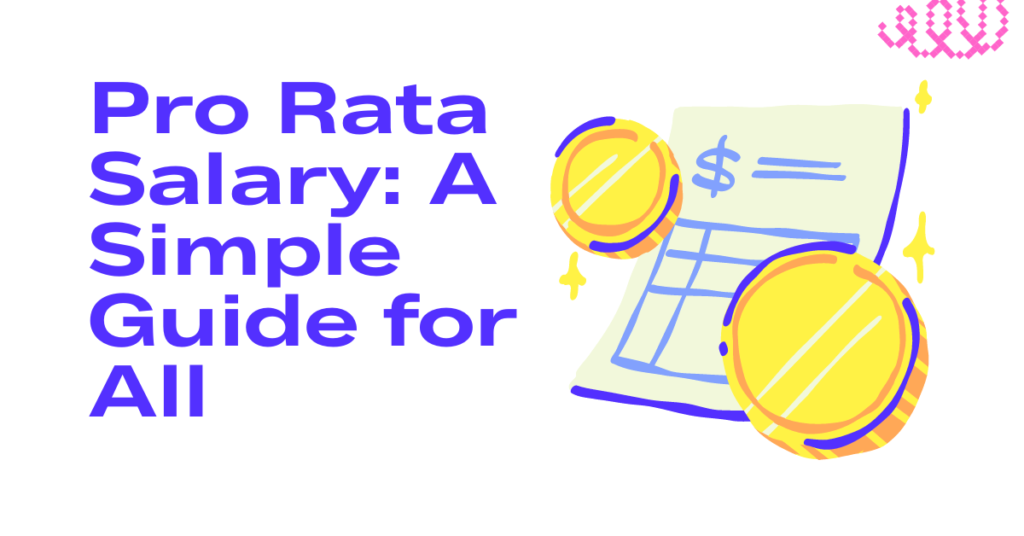A pro rata salary can be confusing, but it’s essential for fair pay, especially for part-time workers. Let’s break down what it means, why it matters, and how to calculate it.
What Does Pro Rata Salary Mean?
A pro rata salary means adjusting a full-time salary to match the hours actually worked by a part-time employee. This ensures that part-time workers are paid fairly for their time.
Why is Pro Rata Salary Important?
Pro rata salary is crucial for fairness. It makes sure part-time employees are compensated correctly based on the hours they work compared to full-time employees. This promotes transparency and equality in the workplace.
Steps to Calculate Pro Rata Salary
To calculate a pro rata salary, follow these steps:
- Determine the Full-Time Salary: Know the annual salary for a full-time position.
- Calculate the Work Hours Ratio: Divide the part-time hours by the full-time hours.
- Apply the Ratio to the Full-Time Salary: Multiply this ratio by the full-time salary.
Example Calculation:
- Full-Time Salary: $60,000 per year for a 38-hour week.
- Part-Time Hours: 19 hours per week.
Pro Rata Salary = (19 / 38) * 60,000 = $30,000

Breaking Down Monthly and Weekly Earnings
- Monthly Earnings: $30,000 / 12 = $2,500
- Weekly Earnings: $30,000 / 52 ≈ $577
Determining the Hourly Rate
To find the hourly rate, divide the weekly earnings by the hours worked per week: $577 / 19 ≈ $30.37
Calculating Pro Rata Leave Entitlements
Annual Leave: If full-time employees get 4 weeks of leave, a part-time employee working half the hours would get: (19 / 38) * 4 = 2 weeks
Sick Leave: Similarly, if full-time employees get 10 days of sick leave: (19 / 38) * 10 = 5 days
Understanding Pro Rata Salary on Payslips
On payslips, a pro rata salary should reflect the adjusted amount based on the hours worked. Always check payslips for accuracy in these calculations.
Utilizing Pro Rata Salary Calculators
Pro rata salary calculators can make this easier. Enter the full-time salary, full-time hours, and part-time hours to get a quick, accurate calculation.
Legal Requirements and Best Practices
- Compliance: Follow the Fair Work Act 2009 and relevant industry standards.
- Record Keeping: Keep accurate records of work hours and salary calculations.
- Avoid Underpayment: Use reliable tools and resources to ensure correct payments.
If you need assistance with pro rata salary calculations or understanding your obligations, seek advice from payroll experts or legal professionals.
Frequently Asked Questions
Can pro rata apply to annual leave?
Yes, annual leave can be calculated on a pro rata basis.
Does it affect superannuation?
Yes, superannuation contributions are based on the actual salary earned.
How does it apply to partial year employment?
Salary and leave are calculated based on the proportion of the year worked.
